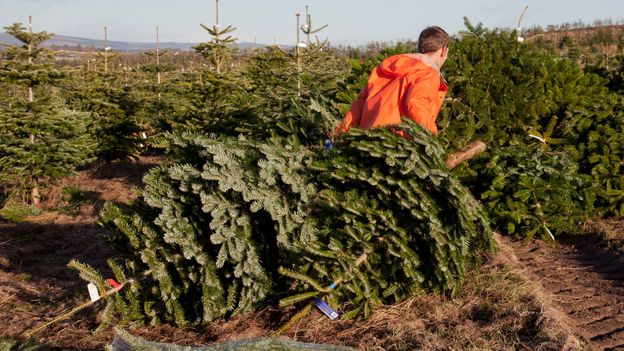 As the festive season approaches, the debate around the more environmentally friendly option between real and plastic Christmas trees gains momentum. While most discussions zero in on the climate impact, there is a broader environmental context to consider when choosing how to adorn our homes this Christmas. Scientists suggest that the benefits of opting for a real Christmas tree might outweigh those of their artificial counterparts, casting a fresh light on what makes a truly green Christmas. Traditionally, the argument against real Christmas trees has centered on the notion of cutting down a living tree only to decorate it for several weeks before discarding it. However, this view overlooks the lifecycle and environmental contributions of these trees before they become holiday centerpieces. Farm-grown Christmas trees, for instance, contribute to the environment by absorbing carbon dioxide as they grow, producing oxygen, and offering habitats for wildlife. The journey does not necessarily end after the holidays; these trees can be mulched and returned to the environment in a sustainable manner, contributing to a circular economy. Conversely, plastic Christmas trees, often hailed for their reusability, come with their own set of environmental drawbacks. Made from petroleum products, their production is energy-intensive, contributing to carbon emissions. Additionally, given their non-biodegradable nature, when these trees eventually become waste, they persist in landfills for centuries. The debate also touches on the importance of supporting local
top of page
Search
Recent Posts
See AllThe White House has announced a controversial decision to halt federal funding to the University of Pennsylvania (UPenn), citing issues...
The recent release of JFK assassination files has been hailed as a step toward transparency, stirring considerable excitement among...
A 300-year-old Polish beech tree, christened the Heart of the Dalkowskie Hills, has clinched the title in the prestigious Tree of the...
bottom of page
Comments